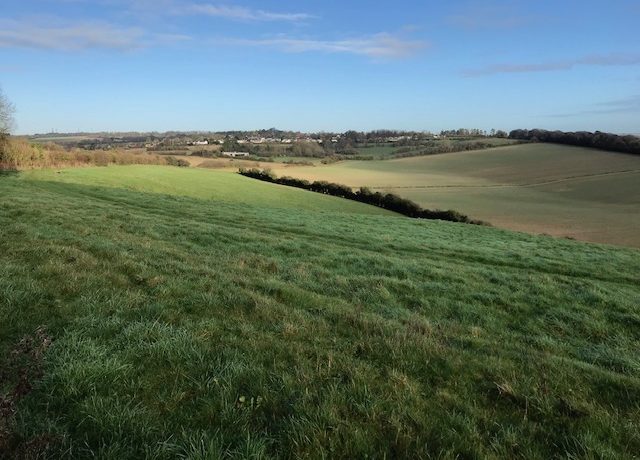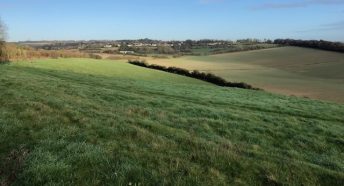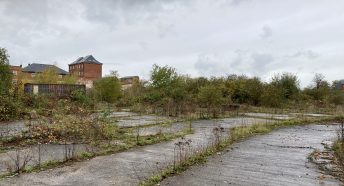Winchester – Your Place Your Plan consultation
Winchester City Council are currently consulting on their first thoughts for their next Local Plan – entitled ‘Your Place Your Plan’. This plan will determine the scale and location of new developments in the district over the next decade or so, and how they intend to use the Local Plan to minimise adverse climate change. If you live in Winchester district it is important to make your views heard as it will affect the whole area, not just the city. The deadline is 12th April.
Winchester City Concil have a website with all bells and whistles, and the link is here: www.localplan.winchester.gov.uk
But if you want to go straight to the on-line consultation questions (over 100 questions), the link is here: https://winchester.citizenspace.com/policy-and-planning/wcc-local-plan-sip/consultation/
Or you can just send an email to planningpolicy@winchester.gov.uk.
The only mandatory section in the on-line consultation is the one entitled ‘About You‘, which has a total of 16 questions, and of these only 6 of them are Required such as name etc.
You do not need to answer all the sections and questions, so just the ones below would be very helpful. We will be submitting a detailed response from CPRE Hampshire, but we hope you have the time to contribute your own individual answers to Winchester City Council as well – numbers do count!
Other than Climate Change and Carbon Neutrality, which is an overarching aspiration, the other really important matters for the countryside in the district are mainly covered in sections ‘Issue 4: Homes for All’, and in a question on the Green Belt as part of ‘Issue 3: Biodiversity and the natural environment’. But they are all related points.
In the first section on Local Plan Objectives: we will be pointing out that they have missed out objectives that make the best use of land (brownfield first), landscape value and connectivity, minimising embodied carbon in new houses and roads, locating development around mass public transport hubs and employment (such as in Winchester town), and the provision of affordable housing, particularly council housing. We’ll also point out that the objectives are actually rather subjective and difficult to measure. So, they need redrafting to make them more accountable and to enable them to be used to compare different spatial options.
On Issue 1: Carbon Neutrality – Question 2 asks if there are any other ways the Local Plan can assist with moving the district to zero carbon – and the answer is Yes, they should focus any new development in and around existing settlements as they already have existing infrastructure. Each new home “costs” 50tCO2 during construction and another 50tCO2 for roads and infrastructure in embedded carbon. This is before they are occupied and used as dwellings. So, the best plan to combat climate change is to minimise these significant costs by using brownfield and existing buildings much better.
We are suggesting people answer Question 3 in the section, Issue 3: Biodiversity and the Natural Environment – Say Yes to a Green Belt in the southern parishes to prevent coalescence and urban sprawl. We hope this would encourage the older urban areas of South Hampshire, such as Portsmouth, Fareham, Eastleigh and Southampton, to do a better job of regeneration within their own boundaries and not spill over into Winchester district. Other gap policies may need to be strengthened in the north of the district if pressure continues from Basingstoke.
For Question 1 in the section, Issue 4: Homes for All – WCC have suggested 4 options, ranging from continuing the current spatial strategy (Option 1), to focusing more on Winchester town (Option 2), to a new settlement of eventually up to 5,000 new homes (Option 3), to spreading it around the district (Option 4). We suggest you don’t choose or rank any of the 4 options suggested and say that you would prefer to see an Option 5, which is a sequential approach starting with brownfield sites (such as Sir John Moore Barracks), densification of older urban areas and no new large car-dependent greenfield sites. Although we encourage you not to rank the four options but promote Option 5 instead, you could say in the text box that under no circumstances should Option 3 be considered. Winchester doesn’t need the number of houses which a strategic development delivers, and it is far and away the most unsustainable option for delivering additional housing.
If you haven’t already signed please sign and share our petition for a new Green Belt which has renewed impetus for this consultation: https://www.change.org/p/protect-south-hampshire-s-countryside.
Caroline Dibden
CPRE Hampshire Vice President







